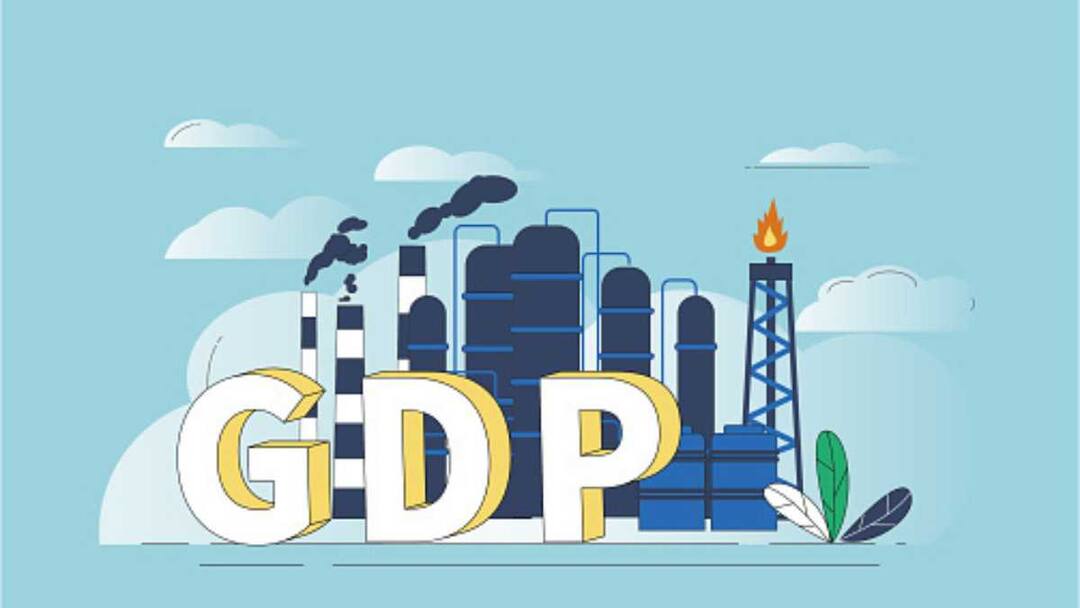GDP: Understanding The Economy With A Number | EXPLAINED
The GDP puts together the overall market value of all final goods and services produced in a country during a specific period, such as a quarter or a year

Gross Domestic Product (GDP) helps a country understand how it is faring economically. It provides a metric to gauge the economic performance of a nation and is a globally accepted indicator to help compare different countries in terms of their economy, size, and value.
The GDP puts together the overall market value of all final goods and services produced in a country during a specific period, such as a quarter or a year.
How Is GDP Used?
A higher GDP figure represents a productive and large economy. It helps not only at the global level but also at the domestic level for governments to understand their country and provide policy decisions based on the economy’s health.
GDP is also used by businesses to examine market size, understand growth opportunities, and conduct strategic investments. Investors use GDP comparisons to assess the national risk profiles and decide how to distribute their investments.
Also Read : House Rent Allowance: Understanding HRA And Its Implications For Employees Seeking Financial Stability
How Is GDP Measured?
Calculating the GDP is a detailed process, which involves the value added to the good at each production stage and ensures that the value of intermediate goods is not counted twice in the final value calculation. The statistic is calculated using three methodologies.
Expenditure approach
This method of GDP calculation takes into account the overall spending done within the economy, including consumer purchases, business investments, and government expenditures.
Income Approach
The Income Approach, as the name suggests, calls for a GDP calculation on the basis of the income generated within the country, like wages, salaries, profits, rents, etc.
Production Approach
The Production Approach takes into account the value added at each stage of the production across goods and services and thus calculates the GDP.
Also Read : India's GDP Growth In FY24 Could Be 'Very Close' To 8 Per Cent: RBI Governor
What Does The GDP Not Tell?
At the same time, GDP is not something to rely on blindly. The GDP tells us the economic well-being of the country, however, it is equally critical to understand what it doesn’t tell us. The GDP cannot provide an estimate of the overall living standards in the country. For instance, an increase in output will directly be reflected in the GDP, however, the cost of that increase might affect human life or the environment adversely and will not be visible in the GDP numbers.
Quality of life doesn’t depend only on the overall level of the GDP, but also on the distribution of the GDP between the population in a nation. Therefore, it becomes imperative to understand the GDP, but use it along with other metrics to paint a full picture of a country’s real economic and social well-being.







































